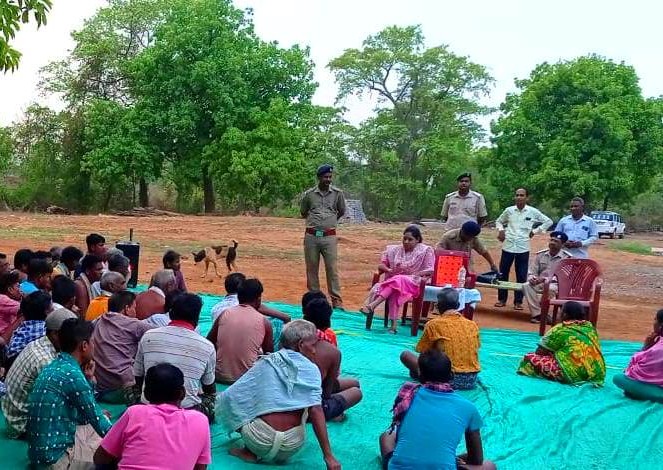
R S Tejus:
Anshu Pargyan Das has worked for last 18 years in the Odisha Forest Department, including her stint at Satkosia Tiger Reserve, State Eco-tourism & is now at Debrigarh Wildlife Sanctuary. Her valuable contributions towards transforming the lives of people in and around Satkosia Tiger Reserve & Debrigarh Sanctuary brought her wide acclaim as a forest officer & social reformer in these landscapes. From wildlife conservation to community ecotourism, her journey has created many success stories benefitting the forest dependent communities in wildlife areas.
She is the women behind the successful Badmul Eco-tourism project at Nayagarh District which transformed the lives of many villagers in the area. She brough in the concept of Eco-village at Nayagarh district, Birds Village- Govindpur at the western most part of Odisha that is in Bargarh District near Debrigarh Sanctuary, & these initiatives have brought common man closer to nature.
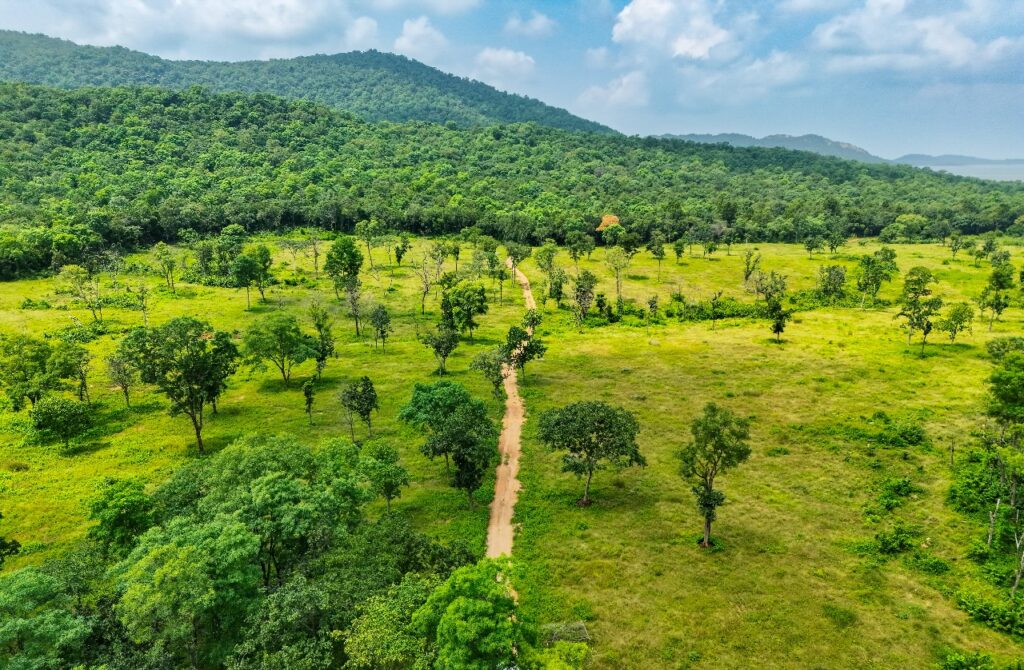
She is also recipient of the Prestigious “Earth Heroes Award 2020 for her dedicated work in conservation of Schedule-1 Species (Gharial) in Satkosia landscape. She was also listed among one of the Ten Heroes of Sustainability’2020 selected by Better-India. She has also received “Champions of Change” recognition from Union Minister of Forest, Environment & Climate Change Bhupendra Yadav in 2023 for her commitment towards forest & wildlife conservation.
1. Would the idea of heading a Special Purpose Vehicle (SPV) on Voluntary Relocation interest you?
The Policies, Rules & Guidelines governing Village Relocation from Protected Areas that is NTCA’s Relocation Guidelines, the Resettlement & Rehabilitation Policy of central govt or may it be any other state govt guidelines in relation to this, there is provision for a District Level Committee with all line departments for facilitating convergence for smooth & hassle-free relocation and subsequent reclamation of the relocated space inside the wildlife area.
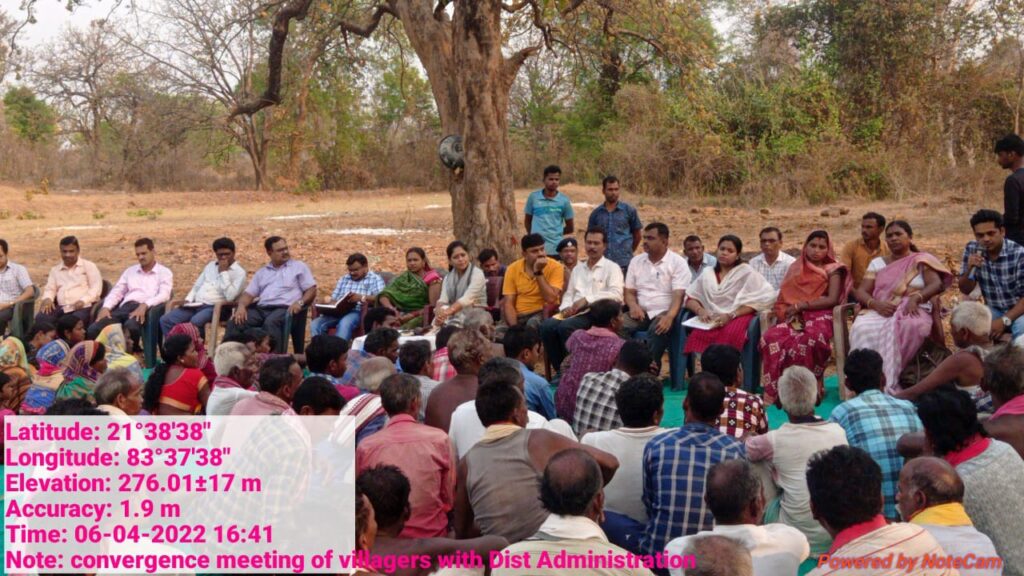
The District Level committees and Sub- Divisional Level Committees formed for Relocation act as SPV in the process of relocation. These committees also have local Public Representatives & NGOs.
Village relocation can significantly affect culture, sometimes disrupting social structures, traditions, and the intense emotional bonds to ancestral lands. Therefore, it’s essential to approach relocation process with cultural sensitivity to minimize any negative impacts. By relocating villages from wildlife areas, we aim to create “Paradise” for both the animals within and for the humans outside.
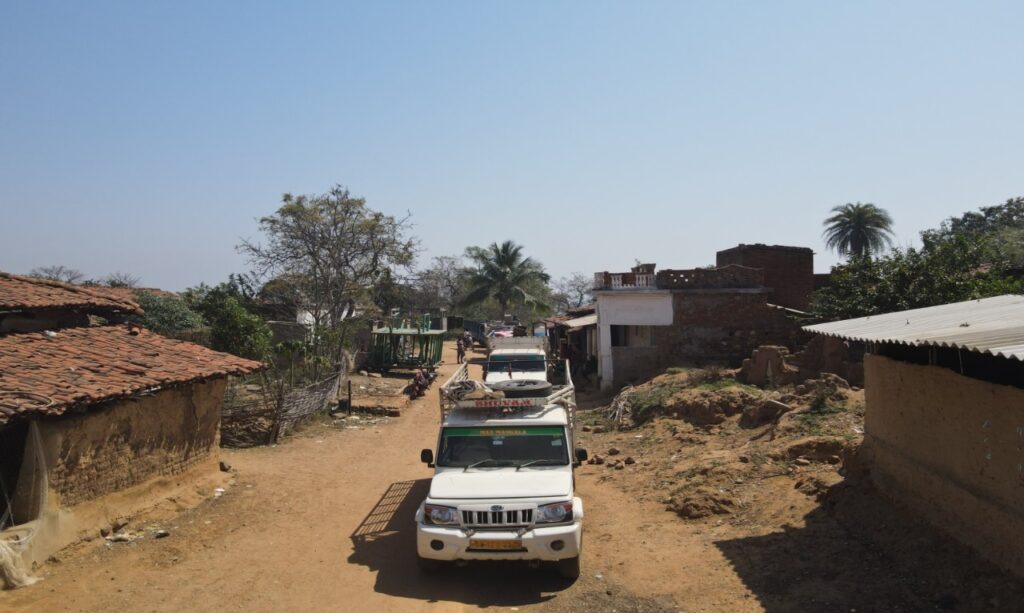
Village Relocation from wildlife areas, resettlement & rehabilitation of people in close proximity to urban areas for reviving their lives is the primary job of forest officer as well as an important task as an individual because human habitations inside wildlife areas benefits none, neither the humans nor the wildlife but the outside environment has to be compatible for the people getting shifted to.
Hence, involvement of local government officials, local public representatives is essential for a sensible Resettlement & Rehabilitation policy.

I would not recommend all India SPV for relocation, rather all India level SPV’s can be formed for technical support and guidance in removing hurdles/bottlenecks if any at State level.
It can work for bringing in better resettlement & rehabilitation of relocated villagers which is very important in order to set good example and motivate people for further relocation processes in different landscapes of the country.
This will also facilitate acclimatization with new facilities & reviving their lives in new habitat, also to remove the scars of leaving their ancestral homes & forest due to displacement & make into effect that relocation is not their fate rather an opportunity.

2. The Wildlife Protection Act (WLPA) also has a provision for acquisition of rights which is deemed to be for a public purpose, just like for a highway or railway. Did the thought of using it cross your mind at any point of time?
If we think beyond conventional wisdom, conservation is about coexistence. Conservation & sustainable development can go in concert.
At Debrigarh Sanctuary, post relocation, we have tried our best to segregate compact patch of inviolate space i.e. the whole Debrigarh Wildlife Sanctuary free from any human habitation within, co-existence zone is the buffer outside the Sanctuary and yes, the outer space for development community involvement in both wildlife conservation & developmental process can bring all good to our society as a whole.
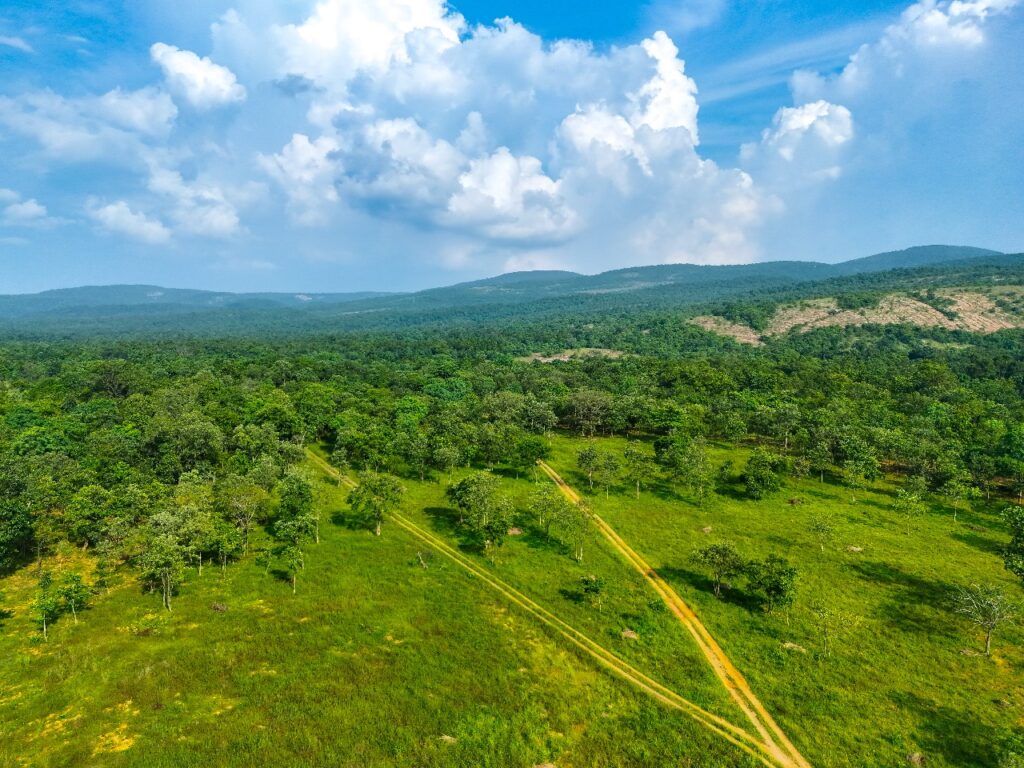
3. What was the extent of Minor Forest Produce (MFP) collection in Debrigarh and its impact? Are you seeing signs of resource recovery after resettlement?
The 400 families relocated from Debrigarh Wildlife Sanctuary had more than 100 cattle population, partly feral. All were dependent on firewood and other forest-based resources like mahua, honey, tubers, use of timber for household purposes etc.
After relocation, yes there is resource recovery as well as recovery of mammalian wildlife. We could recover around 500 hectares of sanctuary area post relocation of villages.
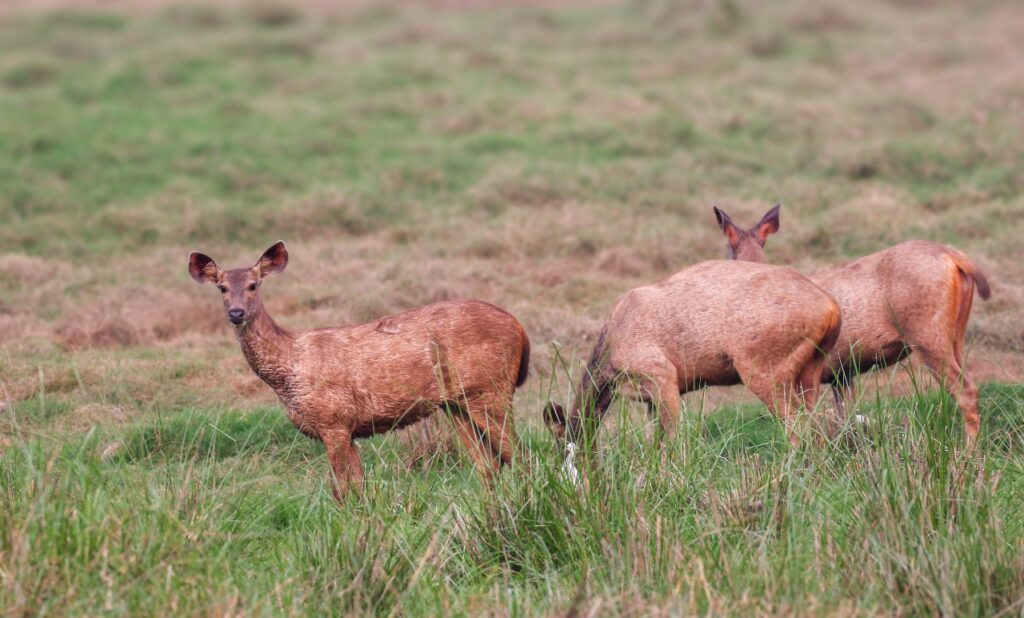
4. What is the extent of bogus claims under the Forest Rights Act, FRA in Odisha?
While relocation was on in 2022, we had given notice & intimation to all villages to put-forth any fresh claims with regard to FRA,2006 and we also had informed them in Gram Sabha that if any undue claim is put forth, it will unnecessarily delay the relocation process.
No undue claims we had received. As per law, we settled all the rights smoothly in due procedure.
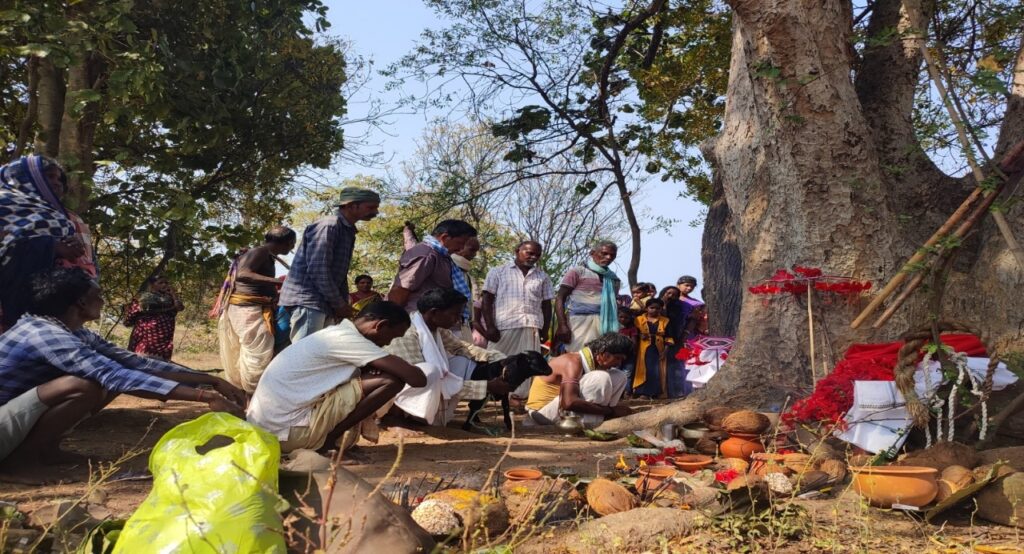
5. How did you handle the crisis management, if any?
Being attentive to the problems in detail and responding to every bit of the issue immediately, through continuous dialogue with the community.
Transparency builds trust and trust brings a sense of security.

6. Your work in Debrigarh again shows how nature recovers if sincere incentive driven voluntary resettlements are implemented. So, what is the message that you would want to send out to your colleagues in the Forest Department across India?
Wildlife conservation must respect the dignity & emotions of the people who lived inside forest since ages & now for their future generation voluntarily they have agreed for relocation.
Responsibility of a forest officer is effective Resettlement & Rehabilitation, and as fast as possible.
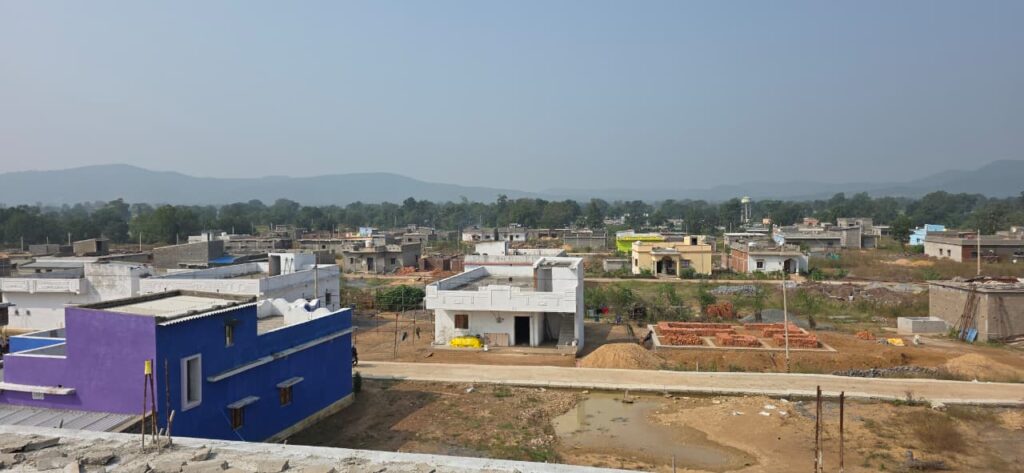
7. Did the relocation process involve any tribal communities? What were their traditional livelihoods or cultural practices when they were living inside the forest?
Yes, around 40 percent of the population relocated were tribals, middle aged men mostly used to work as migrant labourers before relocation. Women and elderly used to live in villages inside the sanctuary.
Post relocation, we have started training and skill development of youth, women and different other age groups for different livelihood options. Honoring their cultural practices and to support those in the resettlement colonies, we have with their involvement constructed temples, community halls etc according to their belief systems.
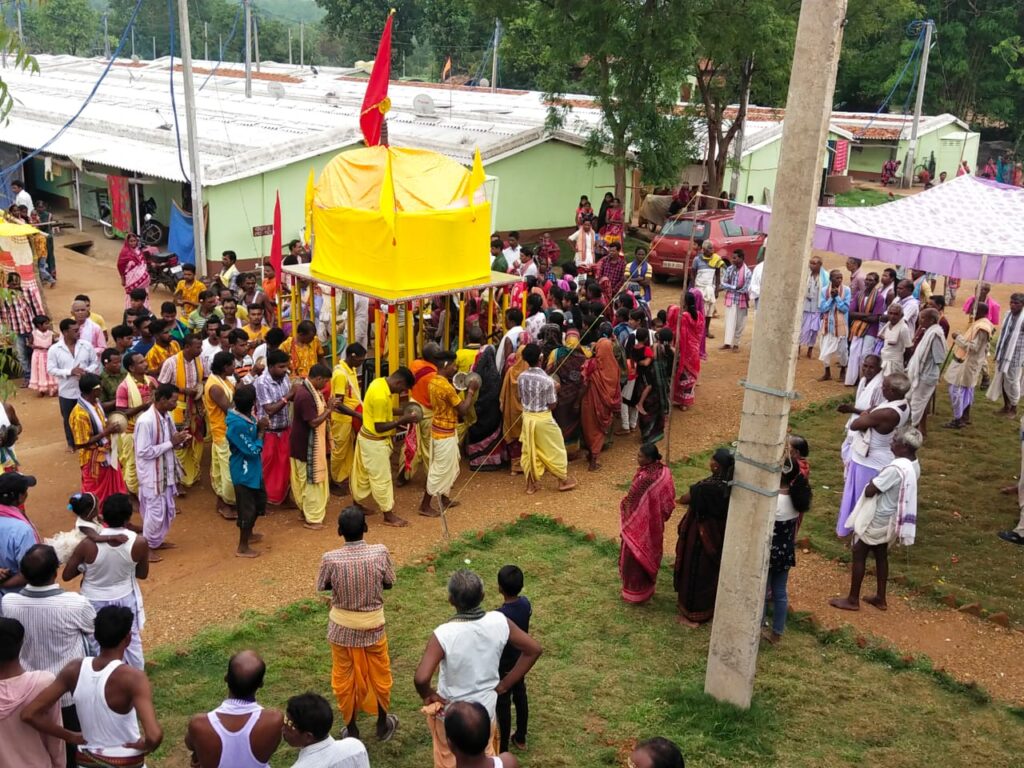
8. Were any NGOs, academic institutions, religious or social-welfare organisations involved in facilitating or supporting the relocation process? How crucial do you think such collaborations are for the success of future initiatives?
Yes, local NGO’s working for conservation and protection of Debrigarh Sanctuary have been involved in relocation process. SEBA- NGO also received sub-divisional level Chief Minister’s Award for their work in relocation.
Relocation is absolutely a team work. At Debrigarh, relocated families are happy after relocation as they were involved in the very process from the beginning and in each step. Line departments working in district were also thoroughly involved, nationalized bank was involved to avoid financial fraud also for financial- literacy among the relocation families.

Further, local public representatives, NGOs, villages outside sanctuaries were also involved as their attitude and friendliness was essential to boost self-esteem among the newly settled villages outside sanctuary. Collaboration builds trust and fostering safe environment for humans as well as the wildlife.
